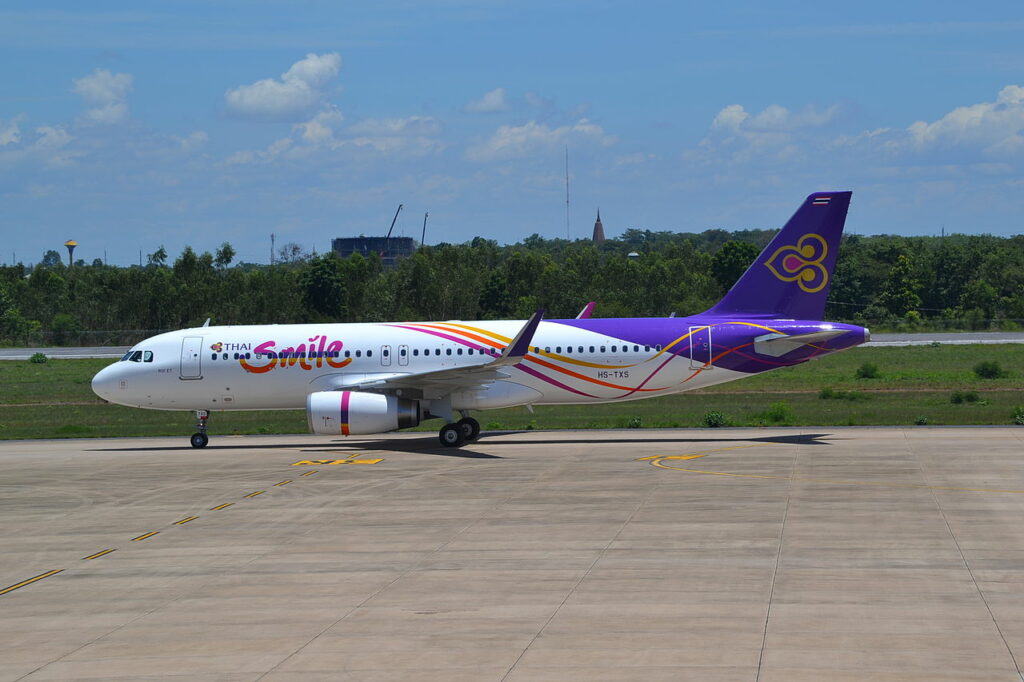The Thailand flag carrier Thai Airways is weighing up a take over of its regional subsidiary, Thai Smile Airlines (WE) operations to dampen the loss. It is said that the ‘merger’ will benefit both parties as this will increase competition amidst years of operational losses.
Thai Smile operates a fleet of 20 regional Airbus A320S, which fly on regional and domestic routes within Thailand.
The subsidiary airline replaces much of Thai Airways’ famed wide-body routes to destinations in Thailand, including Phuket and Chiang Mai, but ceased operations due to the pandemic.
According to the Bangkok Post, Thai Airways confirms that they will fully control Thai Smile, rolling its AOC into one.
TG. Piyasvasti Amranand, Thai Airways’ chairman stated on Bangkok Post: “A study about the merger plan is now underway to revise the business plan under a unified strategy management team. We expect this to finish by May”. With what he said, it seems that the end of Thai Smile is inevitable.
He continued: “Afterwards, the plan will be proposed to a creditors’ committee before it is submitted to Transport Minister Saksayam Chidchob, the acting chairman of the civil aviation committee, for approval by year’s end.”
Though the lifeline for the regional subsidiary is ending, there is still plenty of time for the airline to operate under the brand. The airline aims to dampen the loss under a unified and professional management team with this plan.
In fact, Thai Smile has been operating at heavy losses, from 2013 onwards with nearly 460 million USD wasted.
Streamlining operations
After the incorporation of the regional carrier and Thai Airways, the airline is expected to at least become more efficient, by downsizing its channel of distribution and by having a single central management office for, staff, cabin crew, pilots, finance, purchasing and accounting.
This will inevitably reduce fixed costs for Thai Smile. In terms of food concerns (as always in Thailand), the carrier will no longer source suppliers from elsewhere, but rely on the Thai Airways kitchen itself. This will allow for a single stream of purchasing goods and materials.
Thai Smile’s staff are still employed
Great news to hear that the soon-to-be-defunct regional carrier will still retain its 815 employees, as Thai Airways CEO Chai Eamsiri reiterated that their jobs will be secure.
Nevertheless, they will have to forego the Thai Smile brand identity and swap their orange uniforms for Thai Airways.
Moreover, the national flag carrier’s CEO Mr. Eamsiri stated that the ‘merger’ is a part of the overall restructuring programme of Thai Airways, meaning that Thai Smile’s fate has always been questioned. The Covid-19 pandemic, unfortunately, justified the claim of foregoing Thai Smile after all.
Thai Airways and narrowbody aircraft
The majority of the Thai Airways fleet has always been leaning towards wide bodies. Previously, the airline operated 2 Boeing 737-400s for flights to Samui before retiring in 2017.
The demise of Thai Smile will see Thai Airways once again operating narrowbodies, with this time being the Airbus A320, after operating all 737s since its beginnings.









